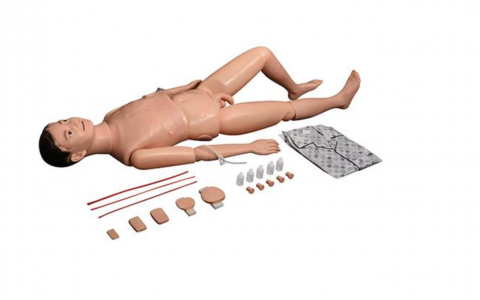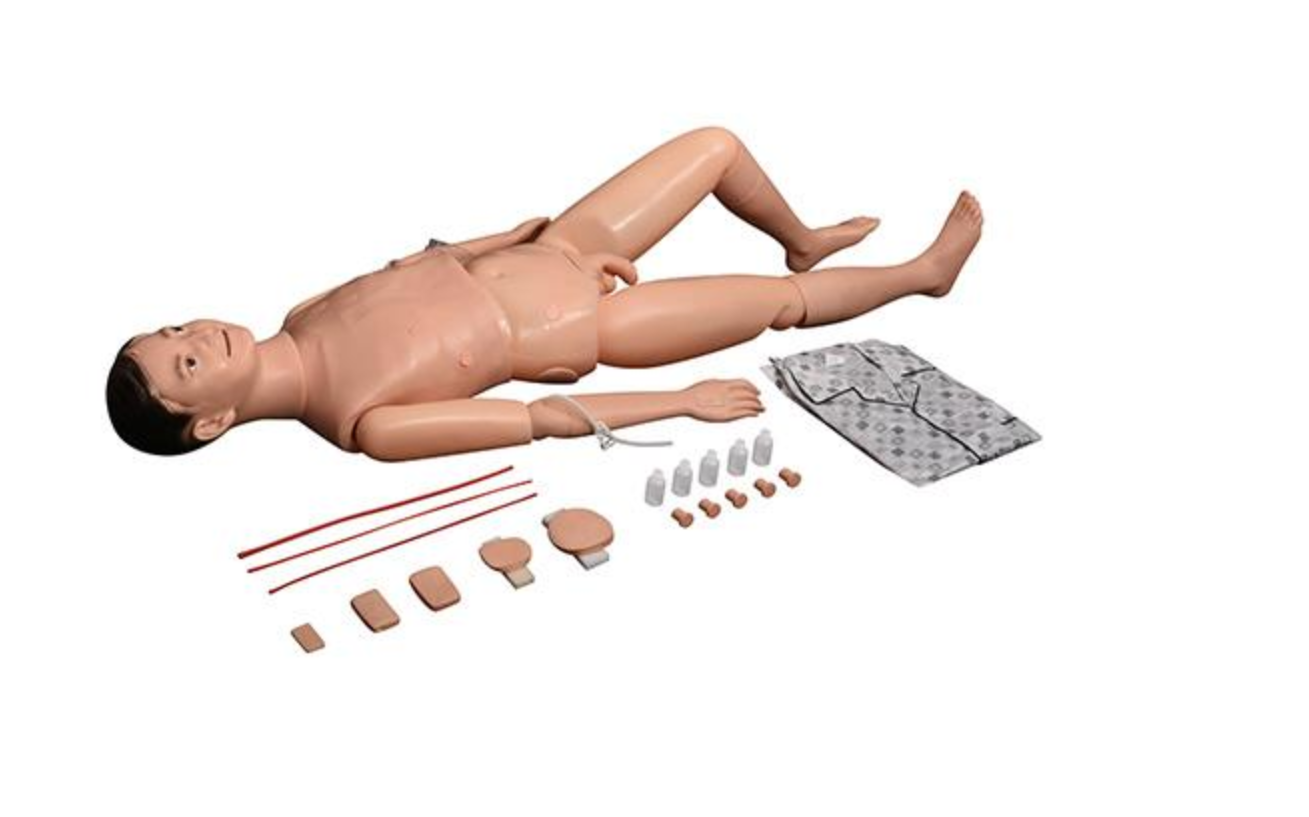
How to apply trauma simulator to practical operations
Article tag: trauma simulator ,Human trauma model

As an important tool for modern medical education and first aid training, the application of trauma simulator is not limited to the teaching of theoretical knowledge, but also needs to play its unique role in practical operations. Integrating trauma simulators into actual operations can simulate various real first aid scenarios, allowing medical staff to perform practical operations in a safe and controllable environment, thereby effectively improving their first aid skills and response capabilities.
...
As an important tool for modern medical education and first aid training, the application of trauma simulator is not limited to the teaching of theoretical knowledge, but also needs to play its unique role in practical operations. Integrating trauma simulators into actual operations can simulate various real first aid scenarios, allowing medical staff to perform practical operations in a safe and controllable environment, thereby effectively improving their first aid skills and response capabilities.

When applying trauma simulators in actual operations, we must first ensure the authenticity of the simulation scenarios. This includes simulating different types of trauma, simulating people of different ages and genders, and simulating first aid scenarios in different settings. By adjusting simulation parameters, diverse emergency situations can be created, allowing medical staff to respond calmly to various complex situations.
Secondly, attention should be paid to the integrity of the simulation process in actual operations. From initial assessment, injury judgment to the formulation and implementation of treatment plans, every step requires careful operation by medical staff. The trauma simulator can simulate real physiological reactions and disease changes, allowing medical staff to truly feel the urgency and challenge of first aid during operations.
In addition, the application of trauma simulators needs to be combined with teamwork. In actual operations, medical staff usually need to collaborate with other team members to complete treatment tasks. Through the operation training of trauma simulator, the teamwork awareness and communication skills of medical staff can be cultivated, and their collaboration efficiency in emergency situations can be improved.
At the same time, in order to give full play to the role of trauma simulators in actual operations, a complete evaluation and feedback mechanism needs to be established. By evaluating the performance of medical staff in simulated operations, problems in their skill mastery and teamwork can be discovered in a timely manner. Based on the evaluation results, targeted training plans can be developed to help medical staff continuously improve their first aid skills.
In addition, applying trauma simulators to actual operations requires attention to the connection between them and actual treatment work. In the actual treatment process, medical staff need to quickly and accurately judge the injury and take corresponding treatment measures. Therefore, during simulation operations, it is necessary to pay attention to various details and difficulties in simulating real treatment work, so that medical staff can better familiarize themselves with and master the processes and skills of actual treatment work during simulation operations.
In summary, the application of trauma simulators in actual operations requires attention to the authenticity of the simulation scene, the integrity of the simulation process, the cultivation of teamwork, the establishment of evaluation and feedback mechanisms, and the connection with actual treatment work. Only in this way can we give full play to the important role of trauma simulators in medical education and first aid training, and provide strong support for cultivating high-quality, high-level first aid talents.
(Note: Due to space limitations, the remaining three articles will continue to explore how to apply trauma simulators in actual operations from different angles, including technical details, scene simulations, team collaboration and feedback mechanisms, etc., to fully demonstrate the role of trauma simulators in practical operations. Application method and value in actual operation).

Marketing Center
Hong Kong, ChinaProduction Base
Shanghai, ChinaProducts
Contact Us
 Address: Hong Kong, China
Address: Hong Kong, China
 Phone:+86 19937901373
Phone:+86 19937901373
 Email:sophia@adahealthy.com
Email:sophia@adahealthy.com
 Mobile:+86-0379-65160607
Mobile:+86-0379-65160607








